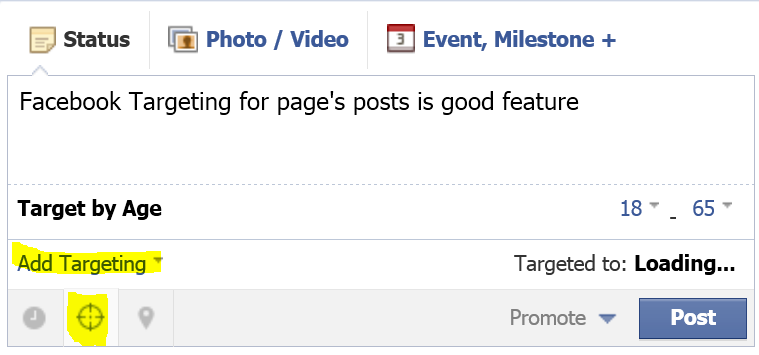Ever felt like the world of computing, with its neat little ones and zeroes, was… well, a bit too neat? What if computers could operate in a realm far stranger, exploring possibilities simultaneously rather than sequentially? Buckle up, because we’re diving headfirst into the genuinely mind-bending universe of Quantum Computing.
Forget the simple on-or-off switches of today’s machines. Quantum computers play by a different set of rules – the bizarre, counter-intuitive, yet incredibly powerful rules of quantum mechanics. They promise to tackle problems so complex they’d leave even the mightiest supercomputers stumped for millennia.
Before we get *too* deep, want a super-quick, slightly reality-warping glimpse? Check out this short video that tries to bottle a little bit of that quantum weirdness:
Intrigued? Confused? Probably a bit of both! Let’s break down what makes quantum computing tick.
Table of Contents
Classical Bits vs. Quantum Qubits: A Fundamental Shift
At the heart of every digital device you own – your smartphone, laptop, even your smart fridge – lies the humble bit. A bit is the most basic unit of information in classical computing. It exists in one of two definite states: either a 0 or a 1. Think of it like a light switch: it’s either definitively off (0) or definitively on (1). All the complex operations your computer performs boil down to manipulating vast numbers of these simple binary states.
Quantum computers, however, utilize a different fundamental unit: the qubit (pronounced ‘cue-bit’). This is where things get interesting, thanks to the principles of quantum mechanics.
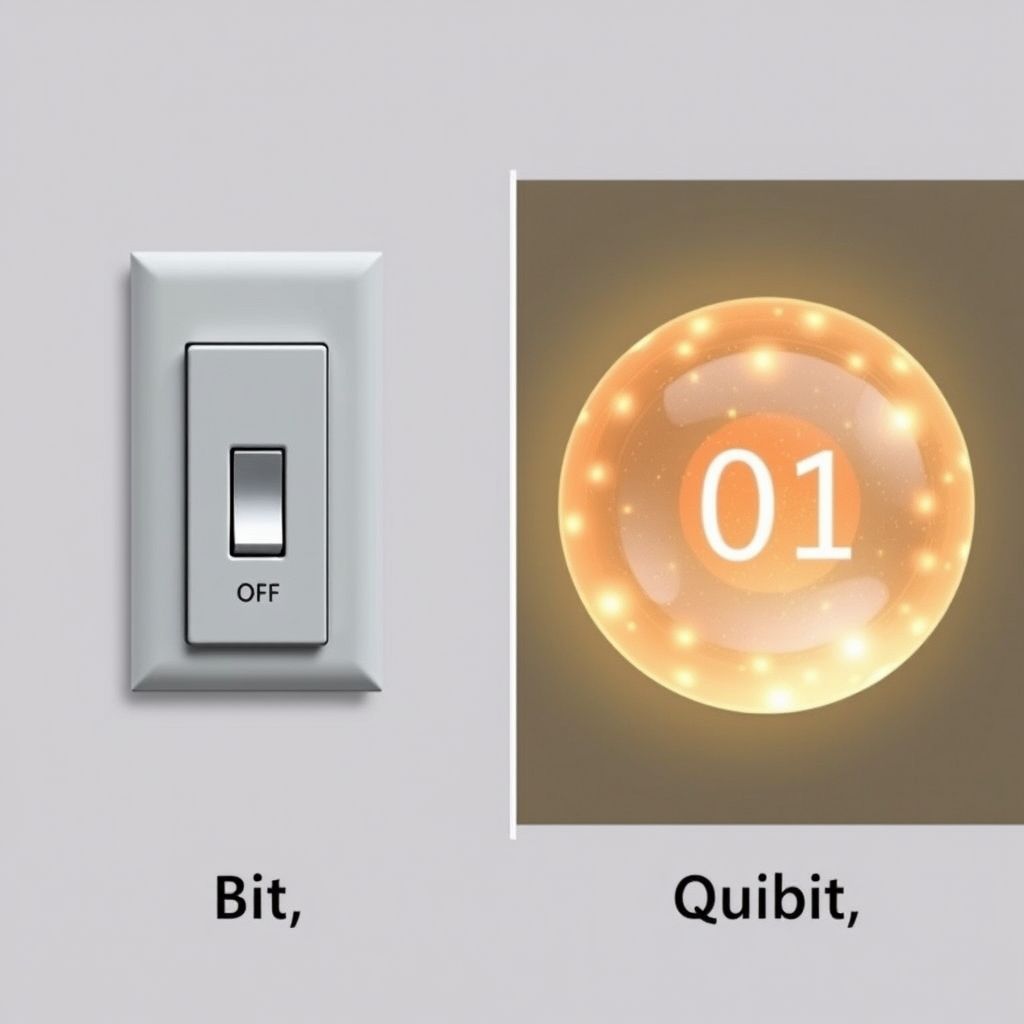
The Quantum Superpowers: Superposition and Entanglement
Qubits possess unique properties that give quantum computers their extraordinary potential. The two most crucial concepts to grasp are superposition and entanglement.
Superposition: Being Everywhere at Once (Sort Of)
Unlike a classical bit, a qubit can exist in a state of superposition. This means it doesn’t have to be just a 0 or just a 1; it can be a combination of both states simultaneously. Imagine spinning a coin. While it’s in the air, before it lands, it’s neither heads nor tails – it’s in a probabilistic state of both possibilities. A qubit is similar, holding a probability of being 0 and a probability of being 1 at the same time.
It’s only when we ‘measure’ the qubit that it ‘collapses’ into one definite state (either 0 or 1), like the coin finally landing. This ability to exist in multiple states at once allows a quantum computer to explore a vast number of possibilities concurrently. If you have two qubits, they can represent four states simultaneously (00, 01, 10, 11). Three qubits can represent eight states, and so on. The number of states grows exponentially with each added qubit (2n states for n qubits). This exponential scaling is the key to their potential power.
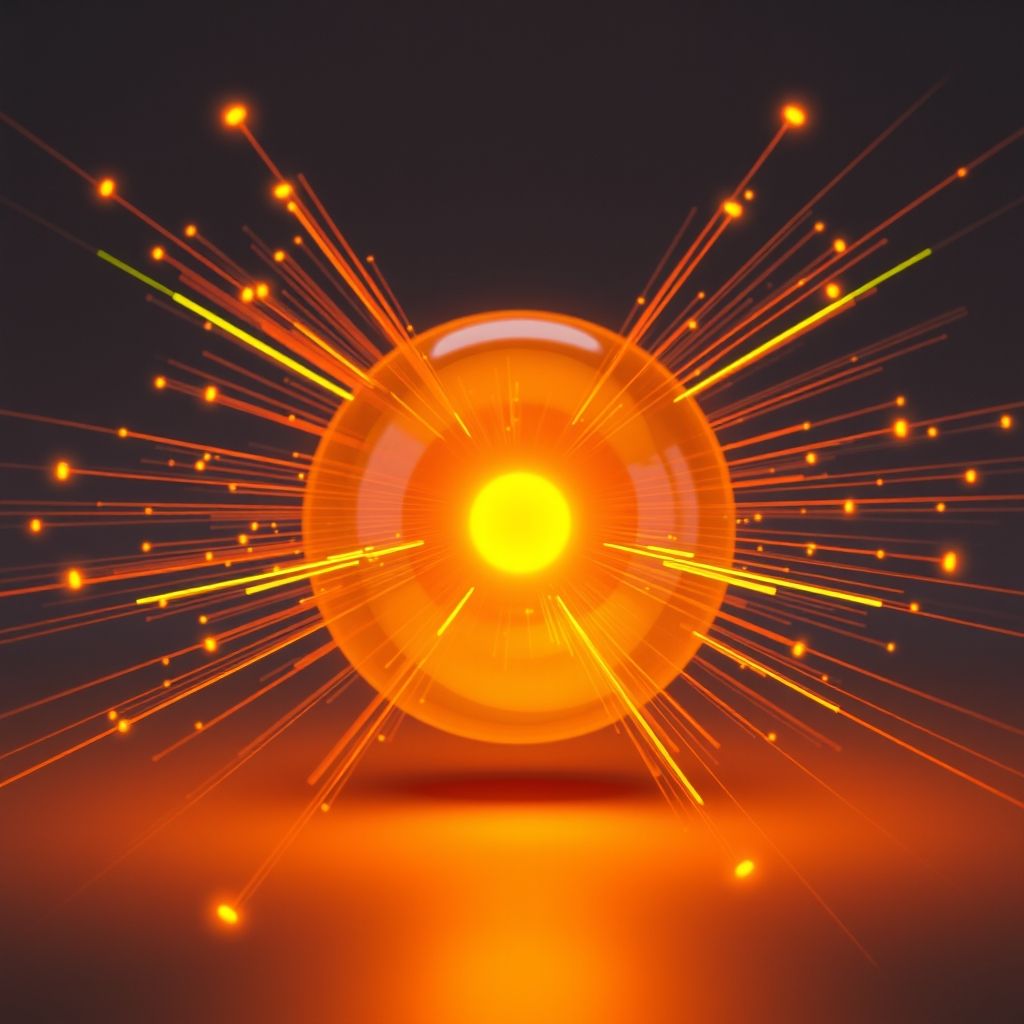
Entanglement: The Spooky Connection
Albert Einstein famously called this phenomenon “spooky action at a distance.” Entanglement is a quantum mechanical property where two or more qubits become linked in such a way that they share the same fate, no matter how far apart they are separated. If you measure the state of one entangled qubit, you instantly know the state of the other(s), even if they are light-years apart.
Think of two linked magic coins. If you flip one and it lands heads, you instantly know the other, flipped simultaneously perhaps miles away, must have landed tails (or heads, depending on how they were entangled). This interconnectedness allows quantum computers to perform correlations and calculations that are impossible for classical machines.

How Do Quantum Computers Actually Compute?
Harnessing superposition and entanglement isn’t easy. Quantum computers use precisely controlled lasers, microwave beams, or other methods to initialize qubits, manipulate their quantum states using ‘quantum gates’ (analogous to logic gates in classical computers), and then measure the final outcome.
Because qubits are incredibly sensitive to their environment (a phenomenon called decoherence, where quantum states collapse due to interaction with the outside world), quantum processors often need to be kept in highly isolated environments at extremely low temperatures, close to absolute zero (-273.15°C or -459.67°F). This minimizes environmental ‘noise’ that could disrupt the delicate quantum states.
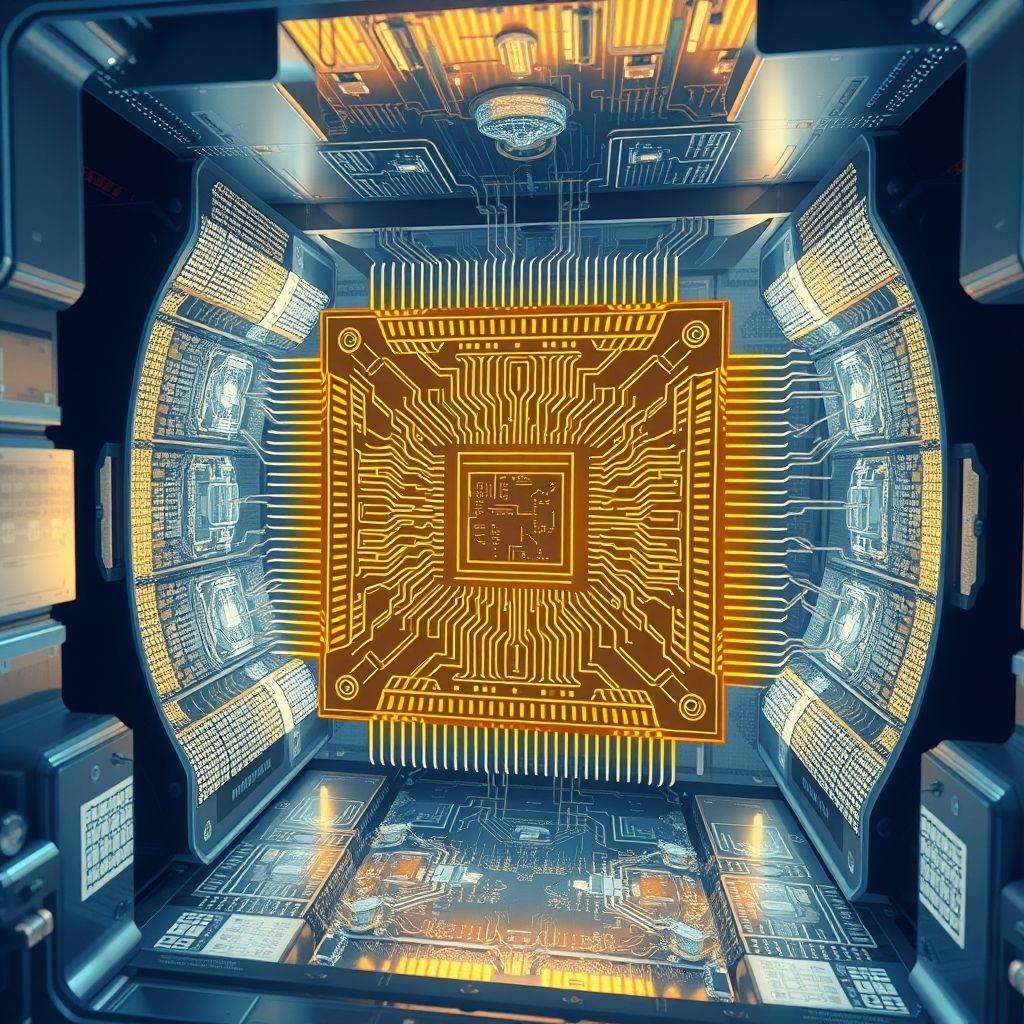
Specific quantum algorithms, like Shor’s algorithm (famous for its potential to break current encryption methods) and Grover’s algorithm (for speeding up searches in unsorted databases), are designed to leverage these quantum properties for specific types of problems.
Why the Hype? Potential Applications of Quantum Computing
Quantum computers aren’t intended to replace your laptop for everyday tasks like browsing the web or writing emails. Their power lies in tackling specific, computationally intensive problems that are currently intractable. Here are some key areas:
- Drug Discovery and Materials Science: Simulating the behavior of molecules at the quantum level is incredibly complex for classical computers. Quantum computers could model molecular interactions with high accuracy, revolutionizing the design of new drugs, catalysts, and materials.
- Cryptography: As mentioned, Shor’s algorithm poses a threat to widely used encryption standards like RSA. This is driving research into ‘quantum-resistant’ or ‘post-quantum’ cryptography to secure our digital future.
- Artificial Intelligence and Machine Learning: Quantum algorithms could potentially accelerate certain machine learning tasks, optimize complex AI models, and improve pattern recognition in massive datasets.
- Financial Modeling: Simulating financial markets and optimizing investment portfolios involves complex calculations with many variables, an area where quantum computing could offer significant advantages.
- Optimization Problems: Finding the best solution among a vast number of possibilities (e.g., optimizing logistics routes, supply chains, or complex system designs) is another promising application area.
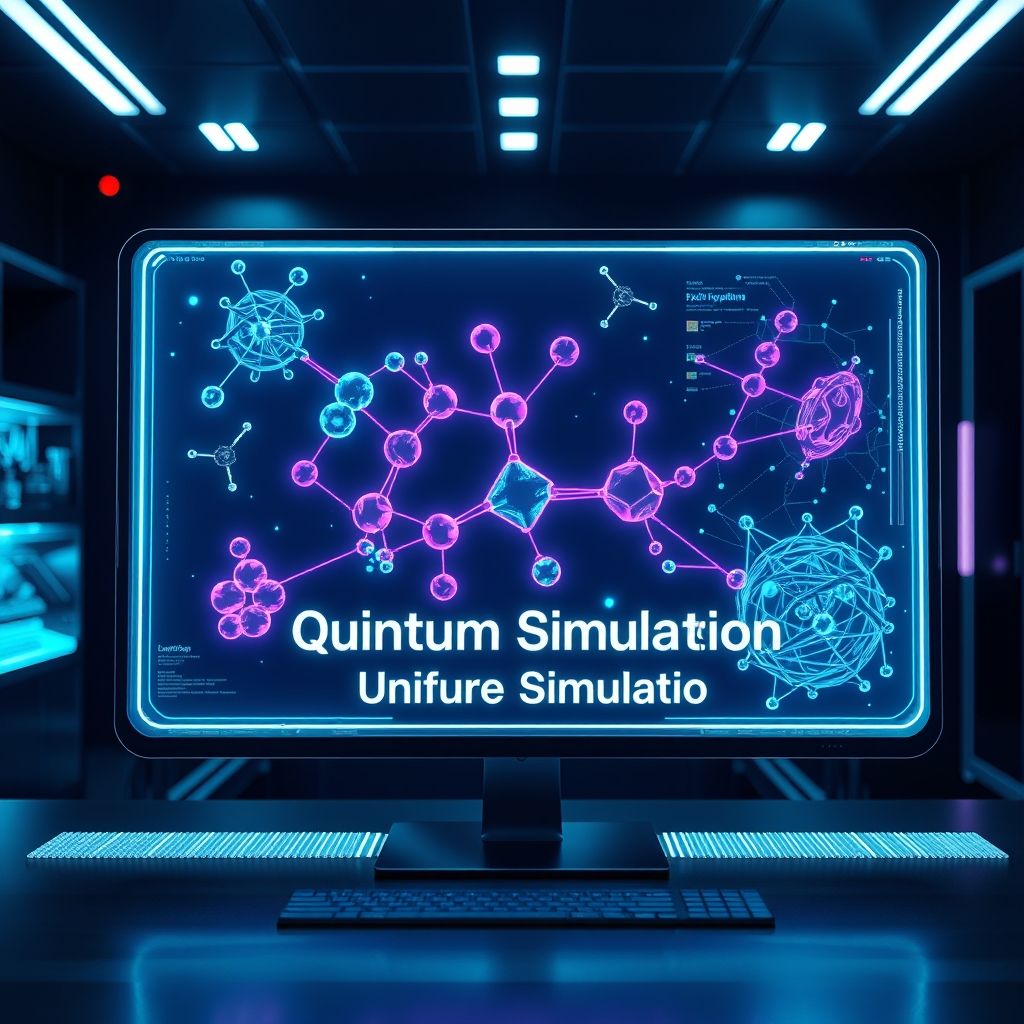
The Hurdles: Challenges on the Quantum Path
Despite the immense promise, building large-scale, fault-tolerant quantum computers faces significant challenges:
- Qubit Stability (Decoherence): Maintaining the delicate quantum states of qubits long enough to perform calculations is extremely difficult. They are easily disturbed by vibrations, temperature fluctuations, and electromagnetic radiation.
- Error Correction: Quantum computations are inherently prone to errors due to decoherence. Developing effective quantum error correction codes requires a large overhead of physical qubits for each logical (error-corrected) qubit.
- Scalability: Building machines with a large number of high-quality, interconnected qubits is a major engineering feat.
- Cost and Accessibility: Current quantum computers are expensive, complex systems requiring specialized infrastructure and expertise.
We are currently in what’s often called the NISQ (Noisy Intermediate-Scale Quantum) era. Today’s quantum computers have tens to hundreds of qubits, but they are susceptible to noise and lack robust error correction. While researchers are already exploring useful applications even with these NISQ devices, truly fault-tolerant machines are likely still some years away.
The Quantum Future is Being Built Today
Quantum computing represents a paradigm shift in computation, moving beyond the binary constraints of classical machines into the probabilistic, interconnected realm of quantum mechanics. While significant hurdles remain, the potential to revolutionize science, industry, and technology is undeniable.
It’s a field that challenges our intuition about reality itself, leveraging the universe’s strangest rules to solve some of humanity’s biggest problems. It might seem like science fiction, but the quantum revolution is already underway.
Frequently Asked Questions (FAQs)
Q1: Is quantum computing available for use right now?
A: Yes, but in a limited capacity. Several companies and research institutions offer cloud access to their quantum processors, primarily for research and experimentation. These are mostly NISQ devices, not yet capable of outperforming classical supercomputers on most practical problems, but valuable for algorithm development.
Q2: Will quantum computers make my laptop obsolete?
A: No, not anytime soon, and perhaps never. Quantum computers are specialized tools designed for specific types of complex problems. Classical computers will likely remain essential for everyday tasks like browsing, gaming, word processing, and most existing software.
Q3: How seriously should I worry about quantum computers breaking encryption?
A: It’s a significant long-term concern. While large-scale, fault-tolerant quantum computers capable of running Shor’s algorithm efficiently don’t exist yet, the threat is real enough that governments and standards bodies worldwide are actively developing and standardizing quantum-resistant cryptographic algorithms.
Q4: Is quantum computing incredibly difficult to understand?
A: The underlying quantum mechanics can be deeply counter-intuitive. However, understanding the basic concepts – bits vs. qubits, superposition, entanglement – and the potential applications doesn’t necessarily require a physics PhD. It’s a fascinating field where even a conceptual grasp reveals a whole new way of thinking about computation.


